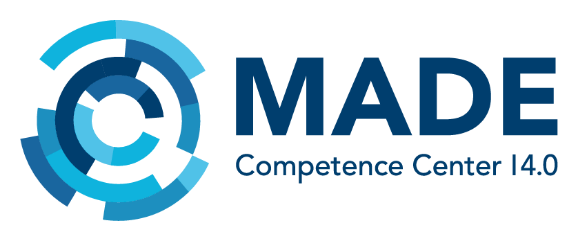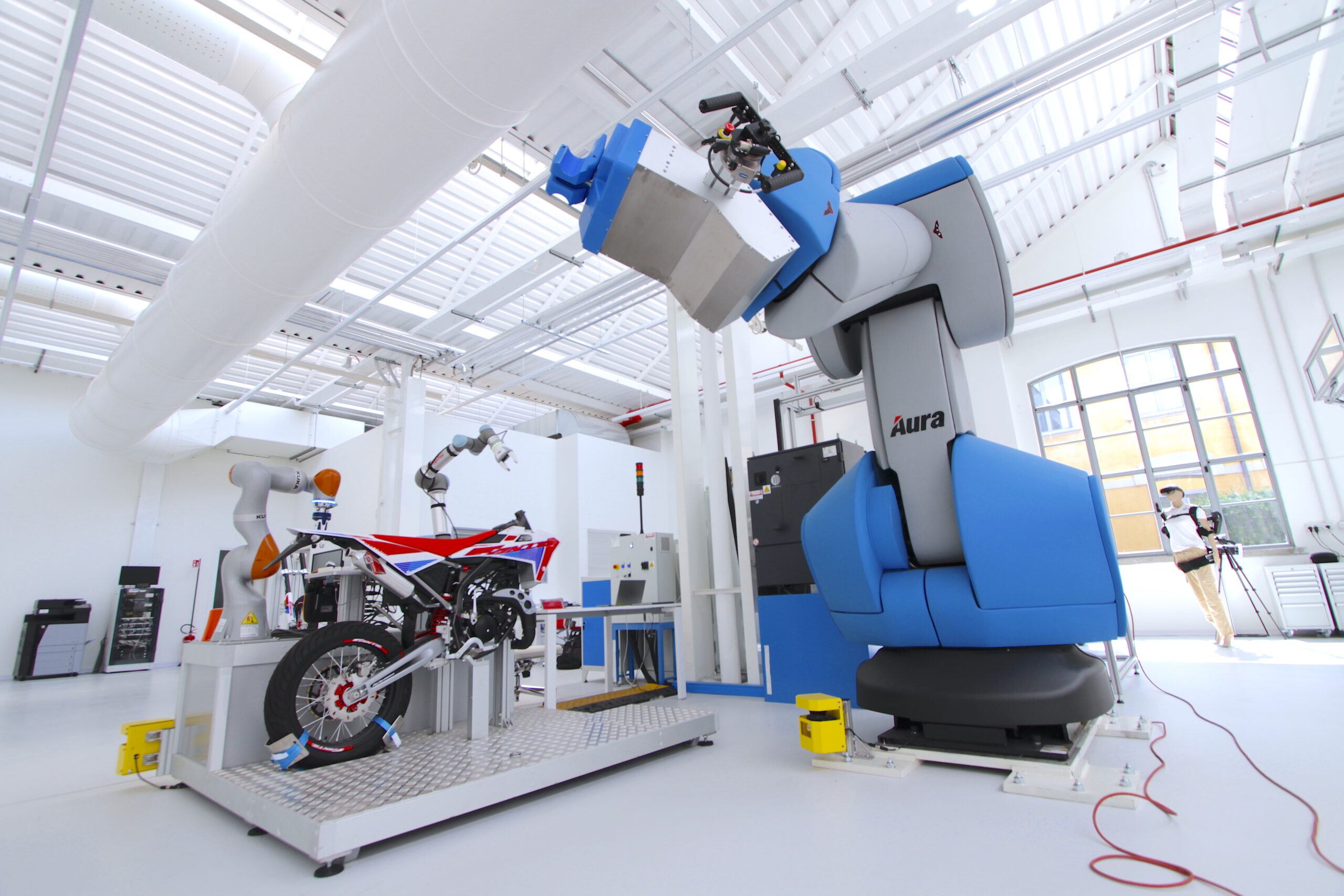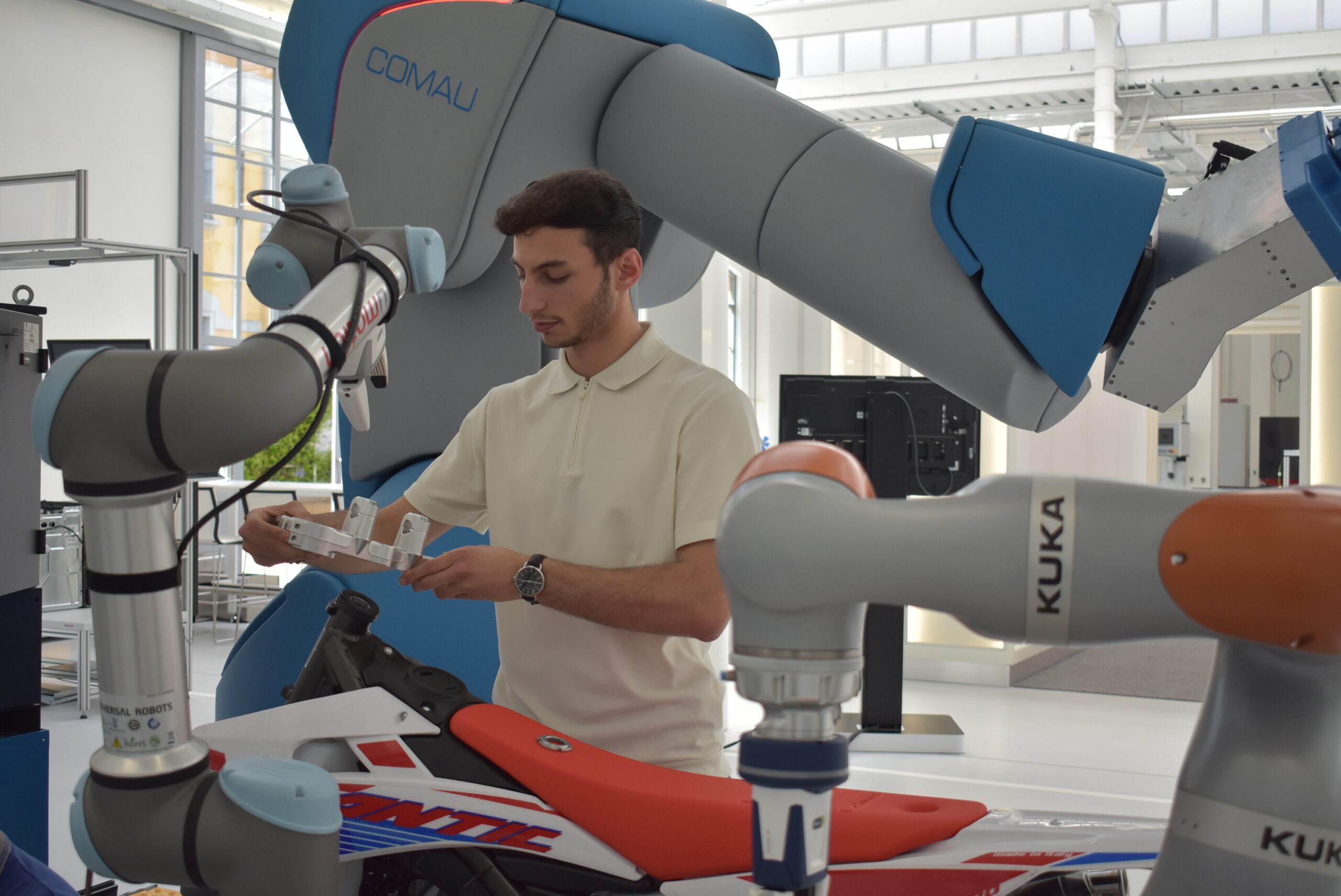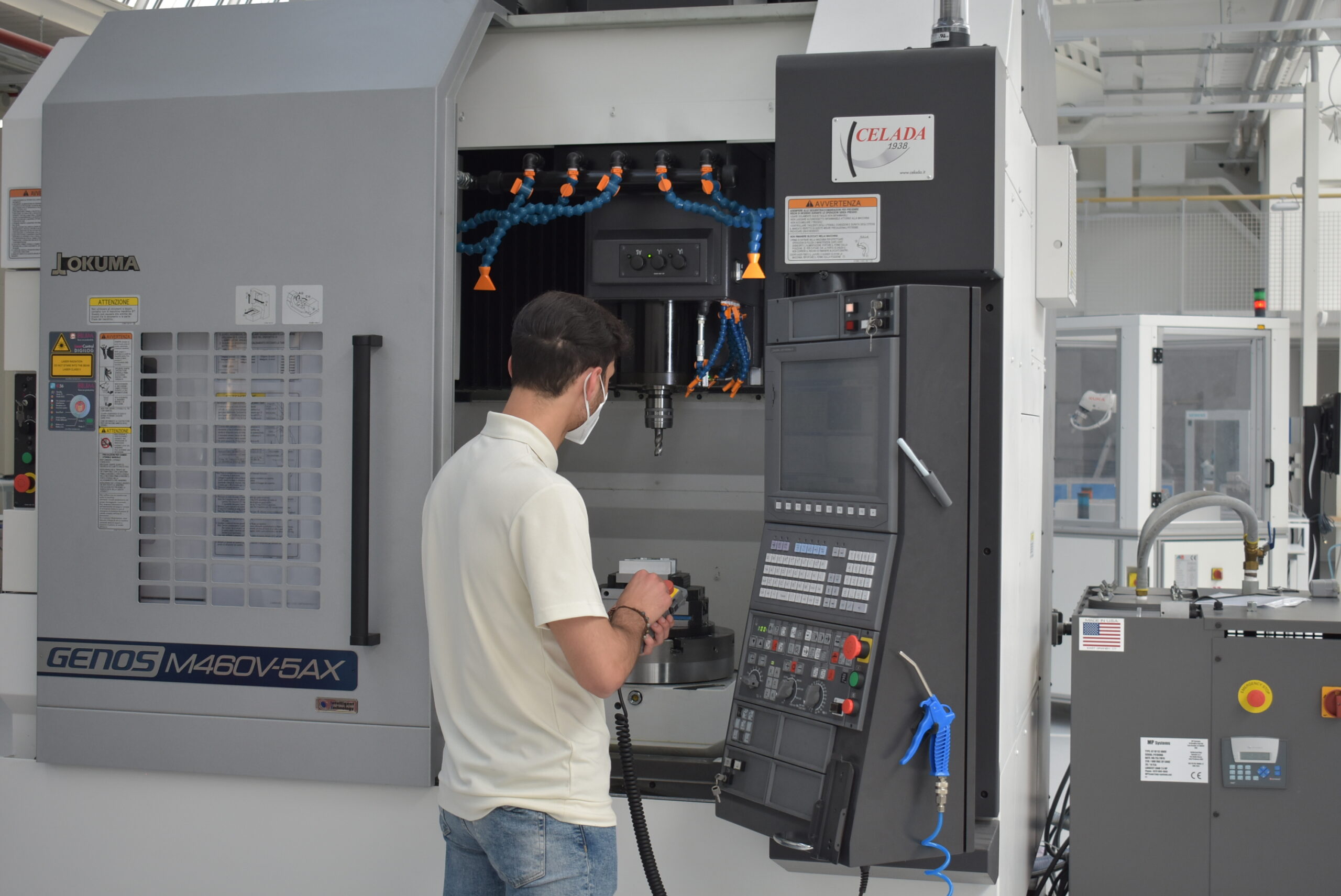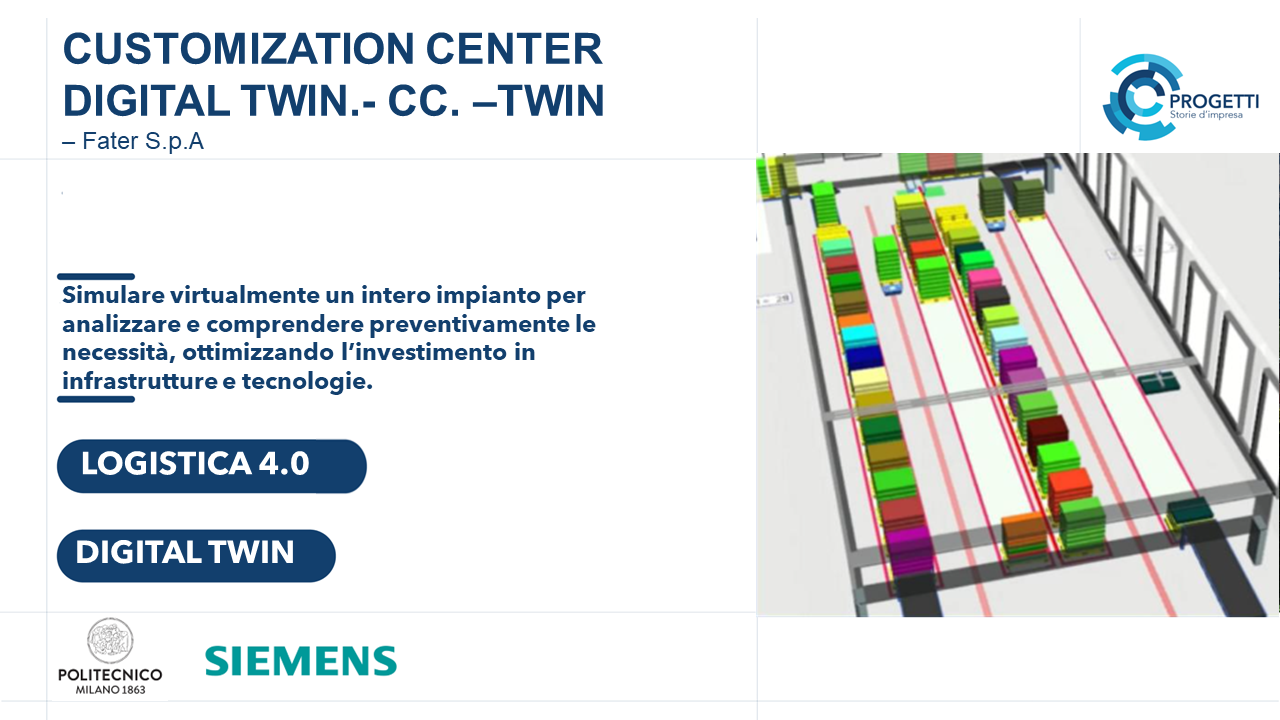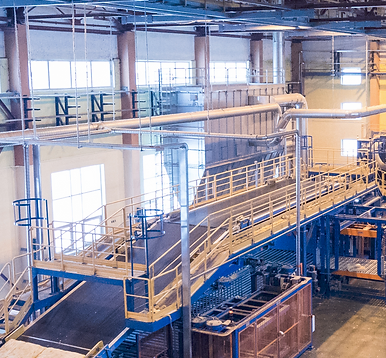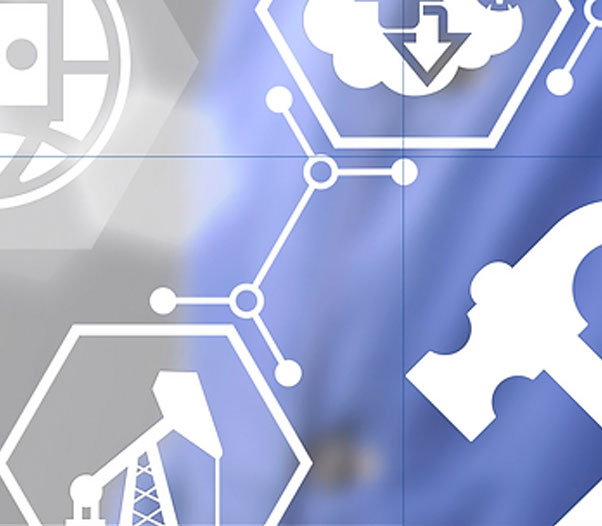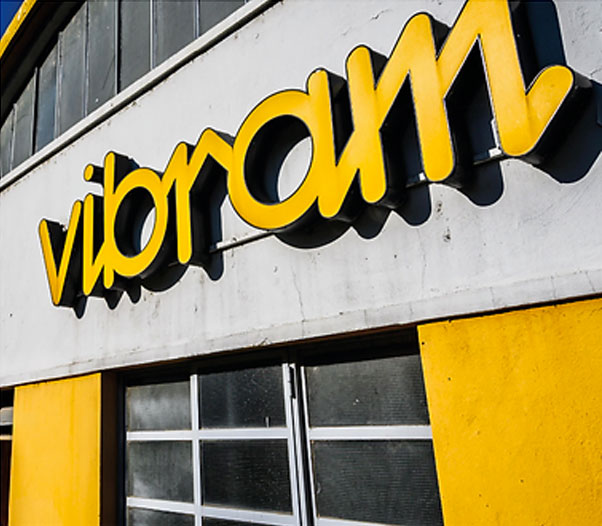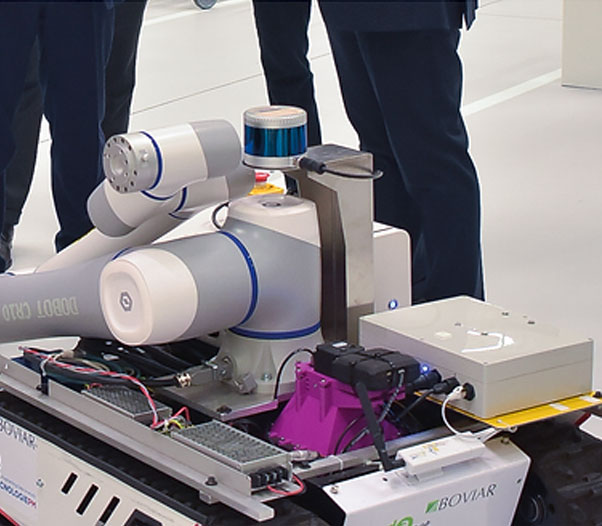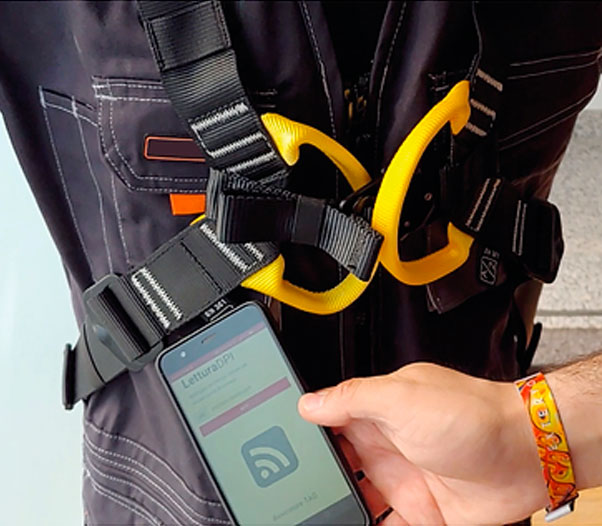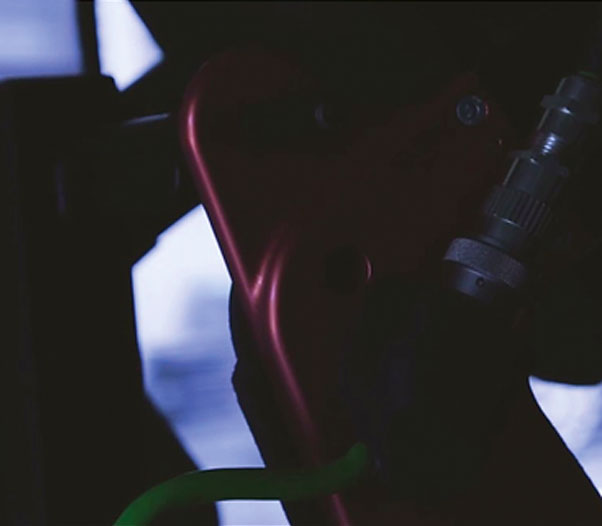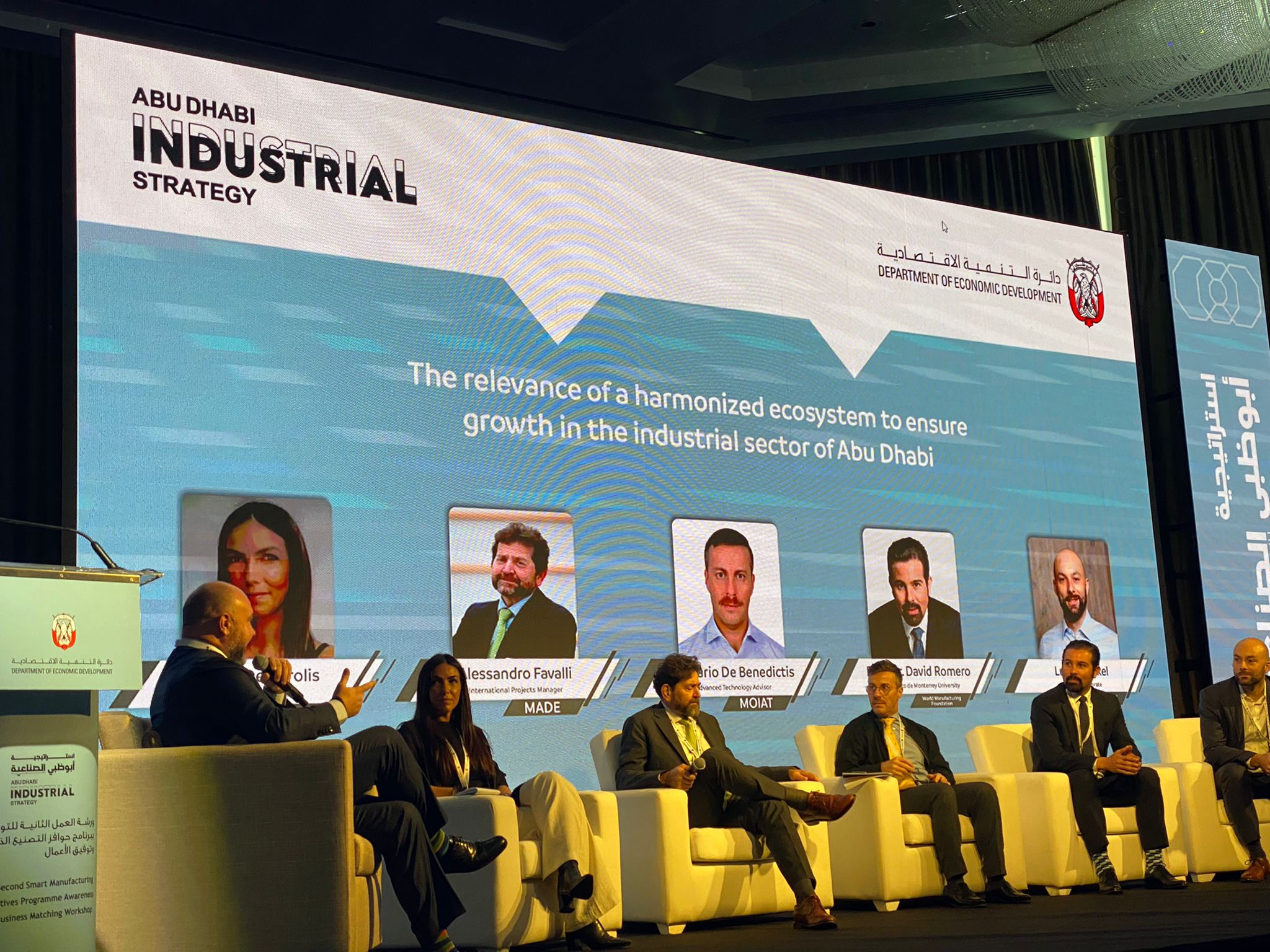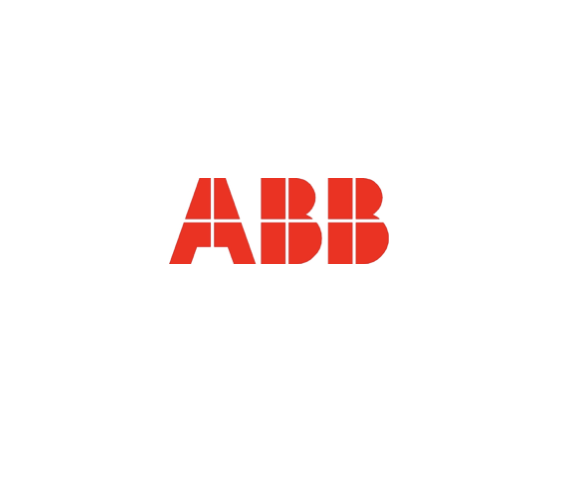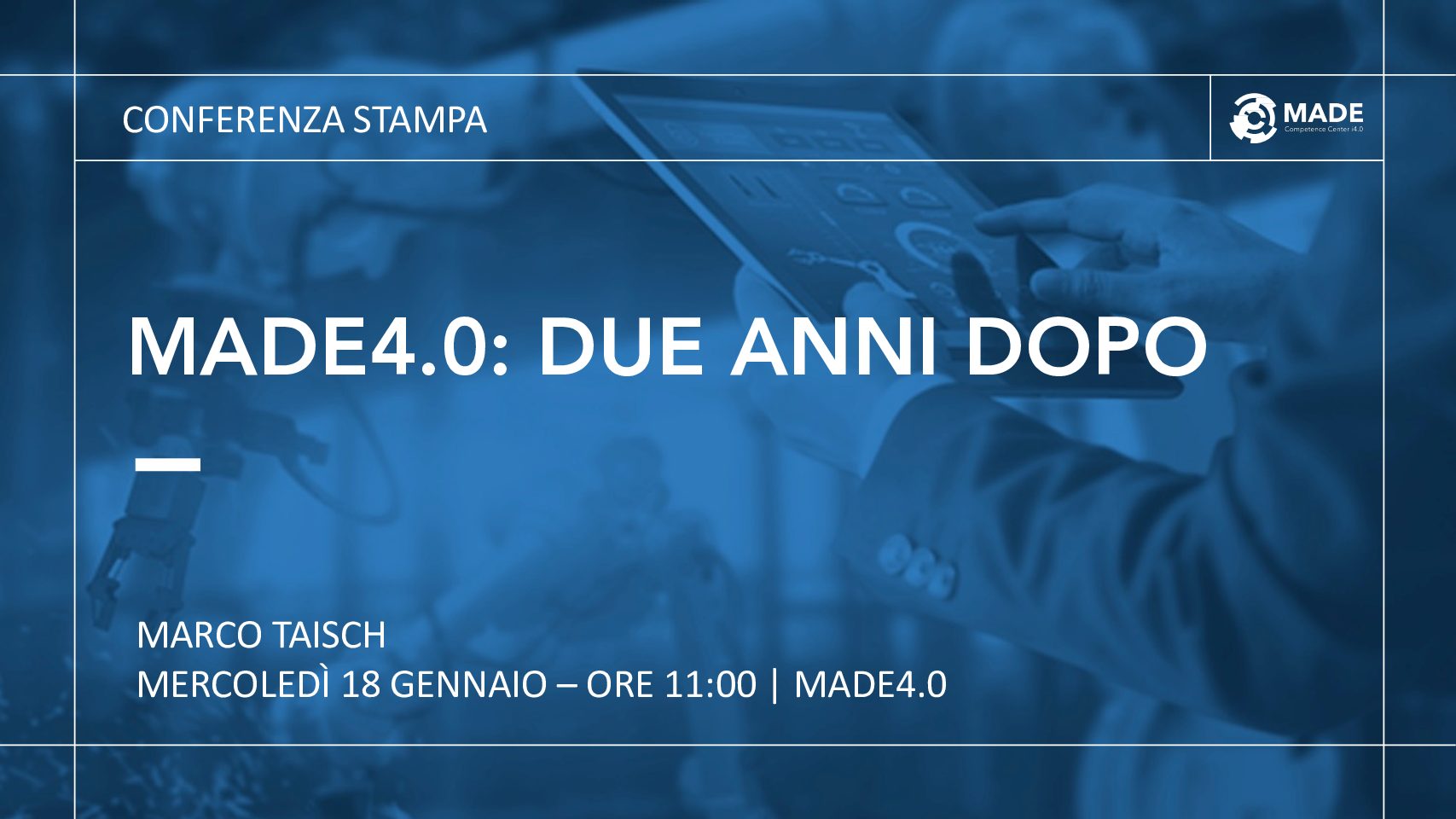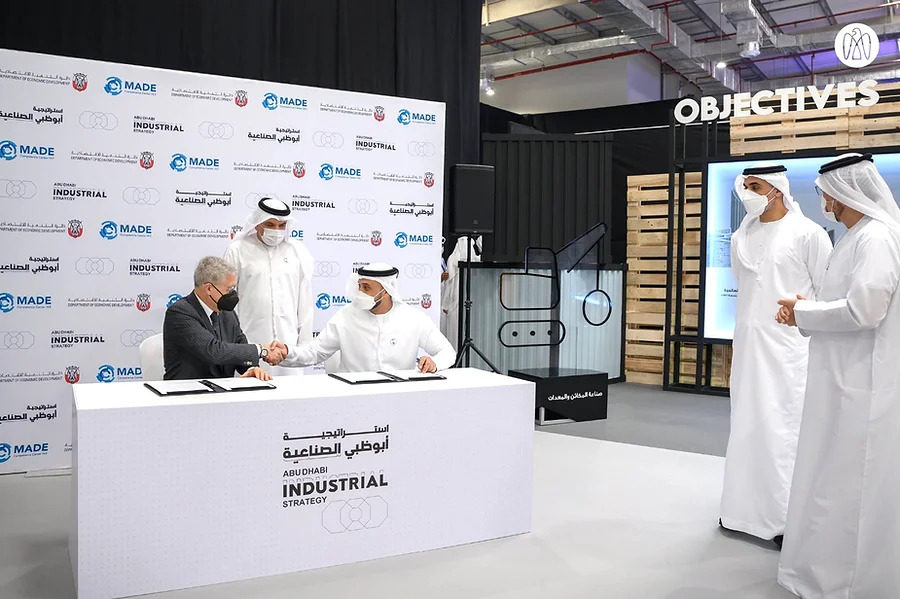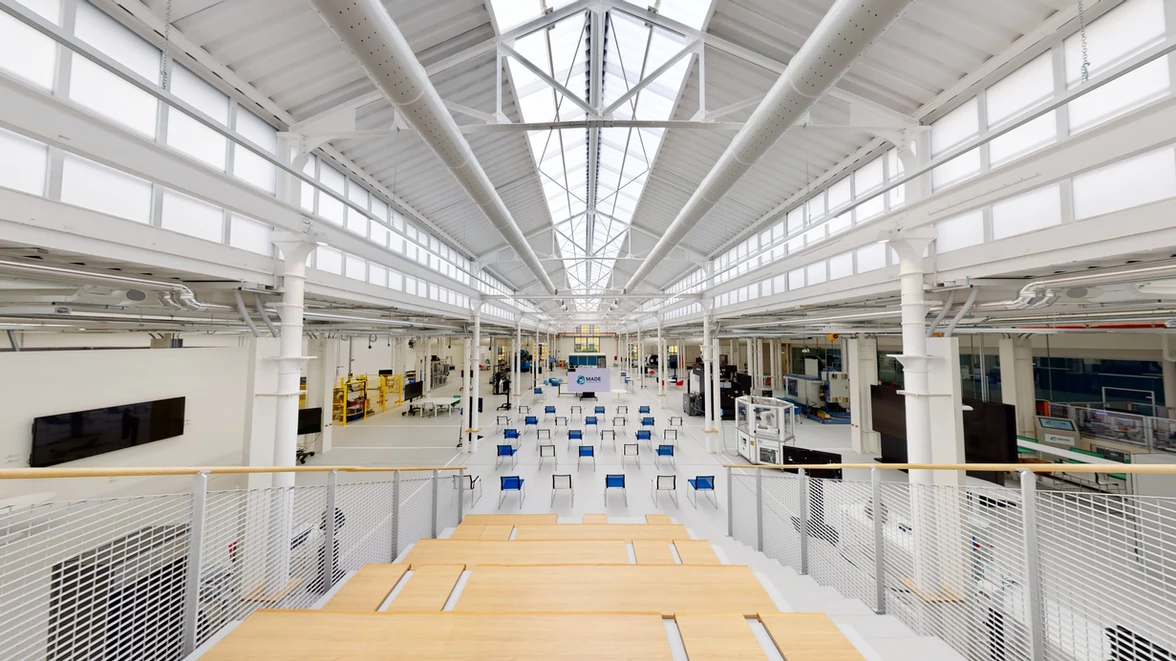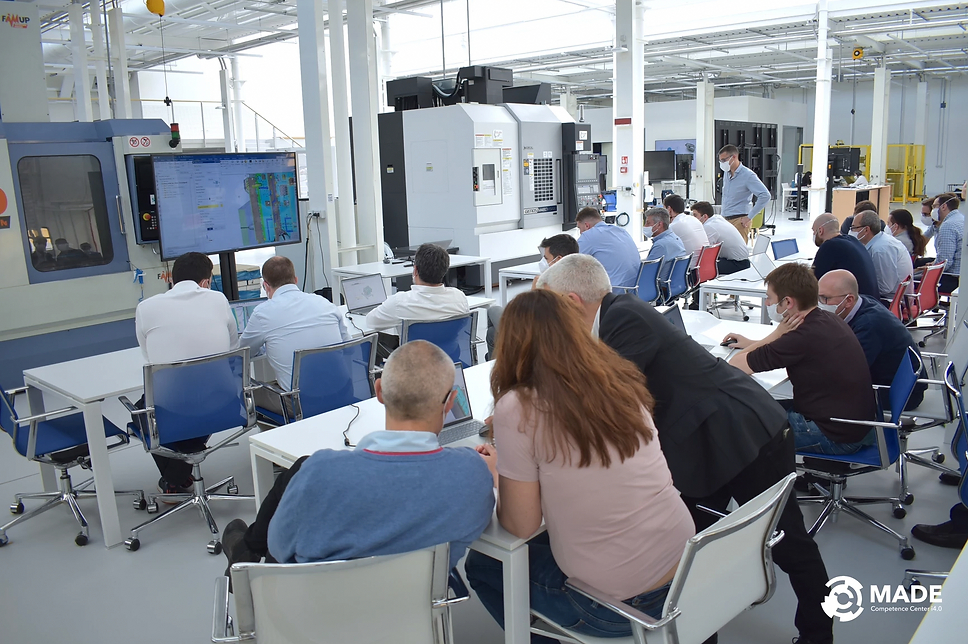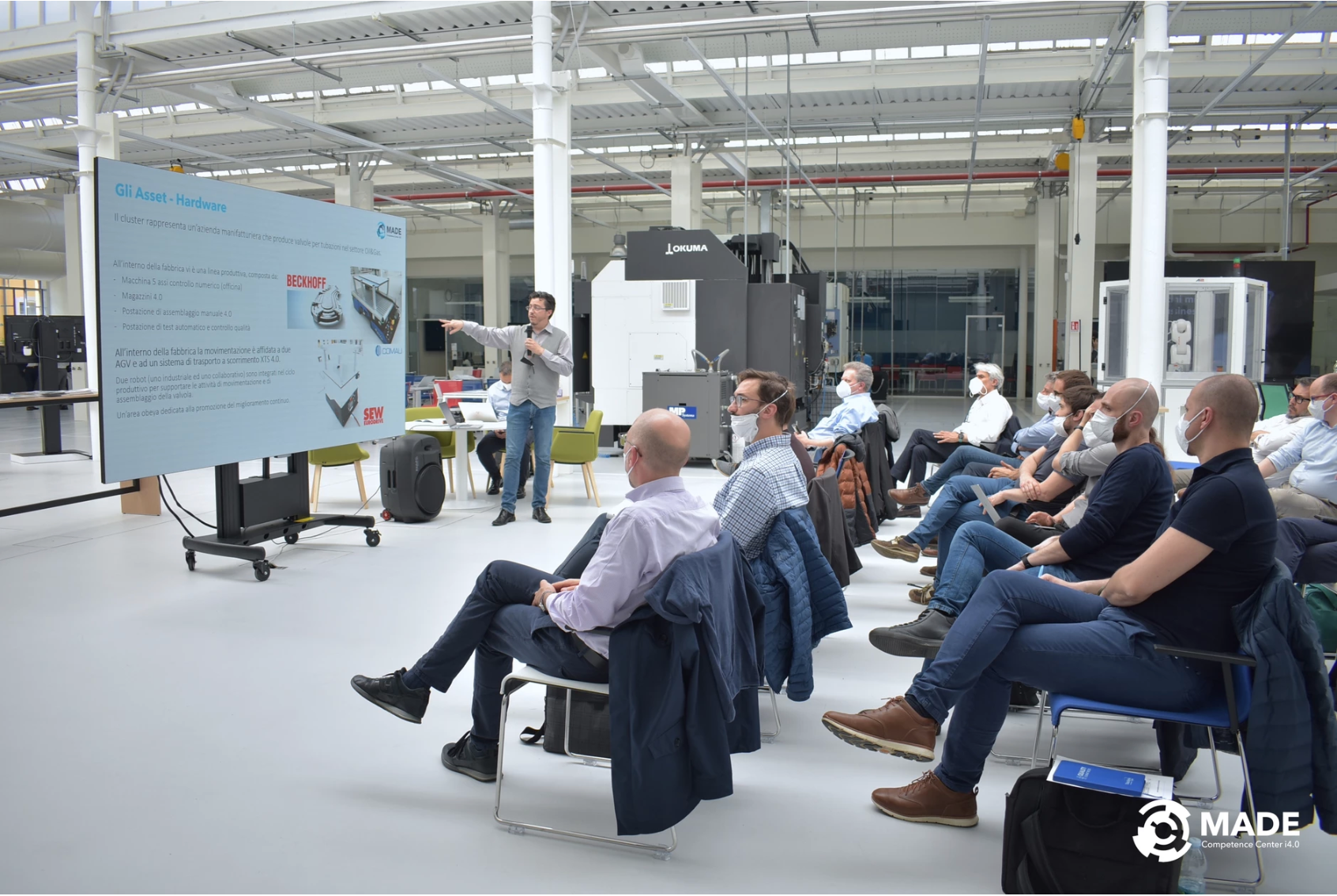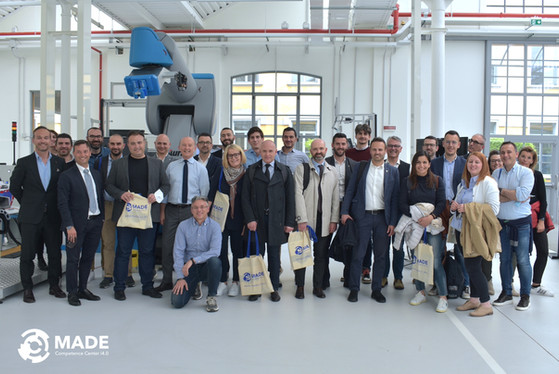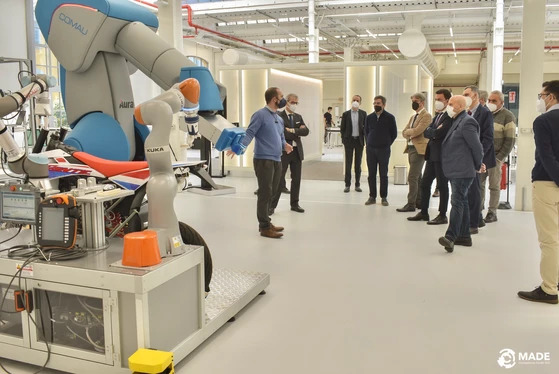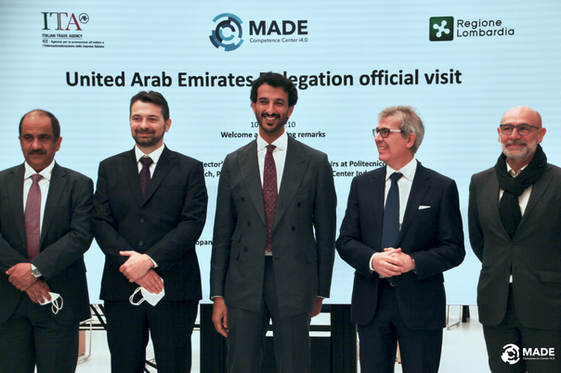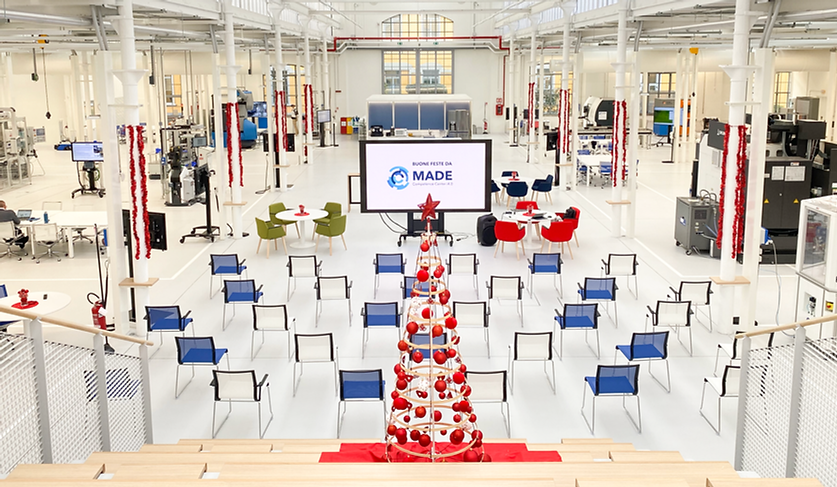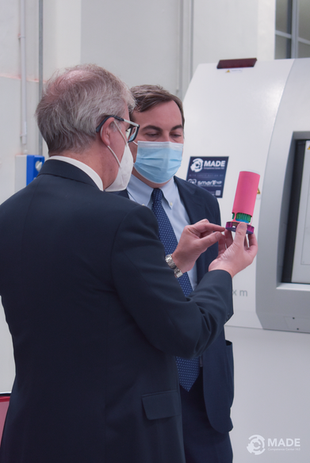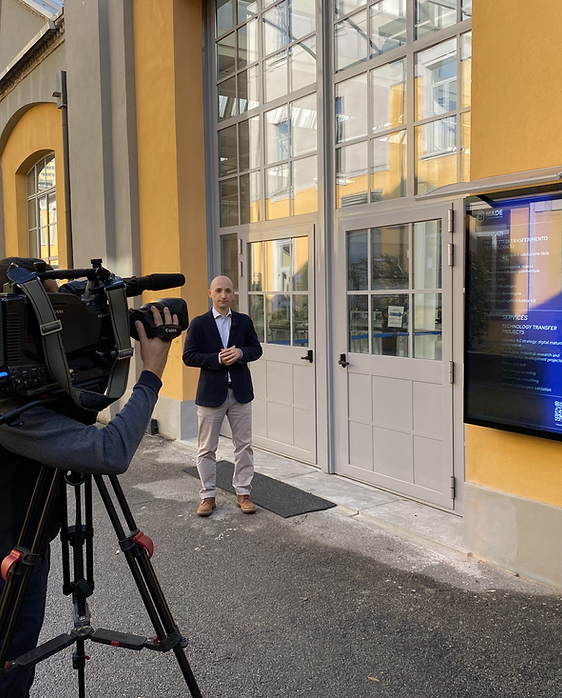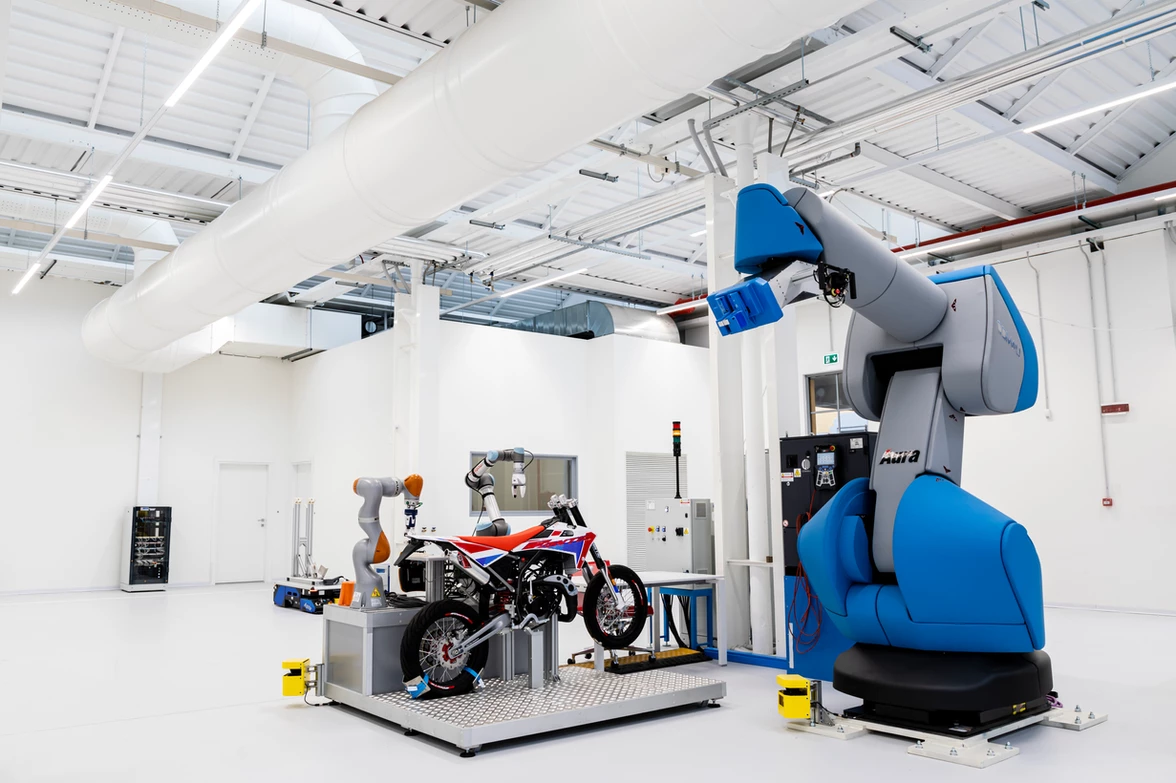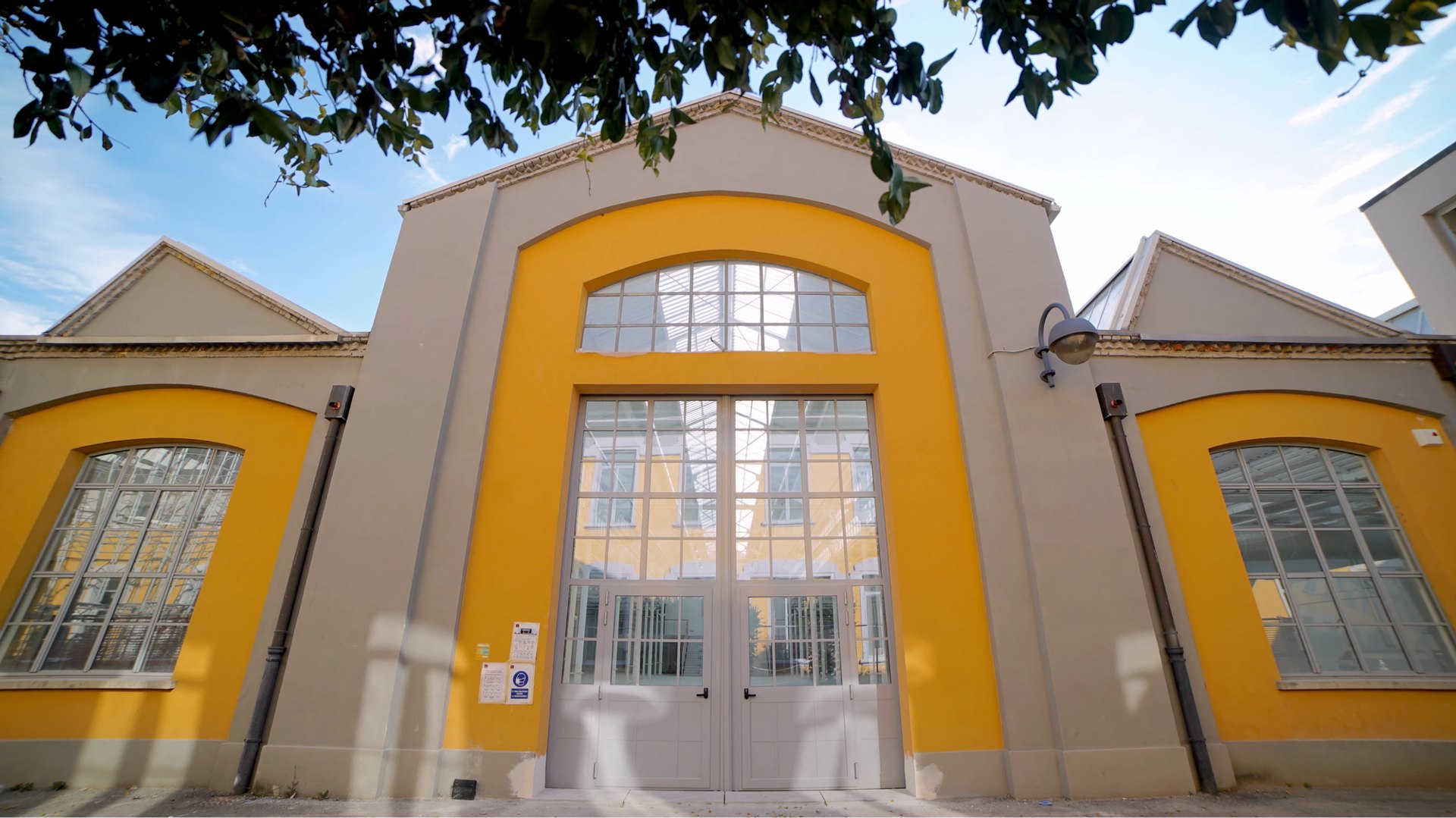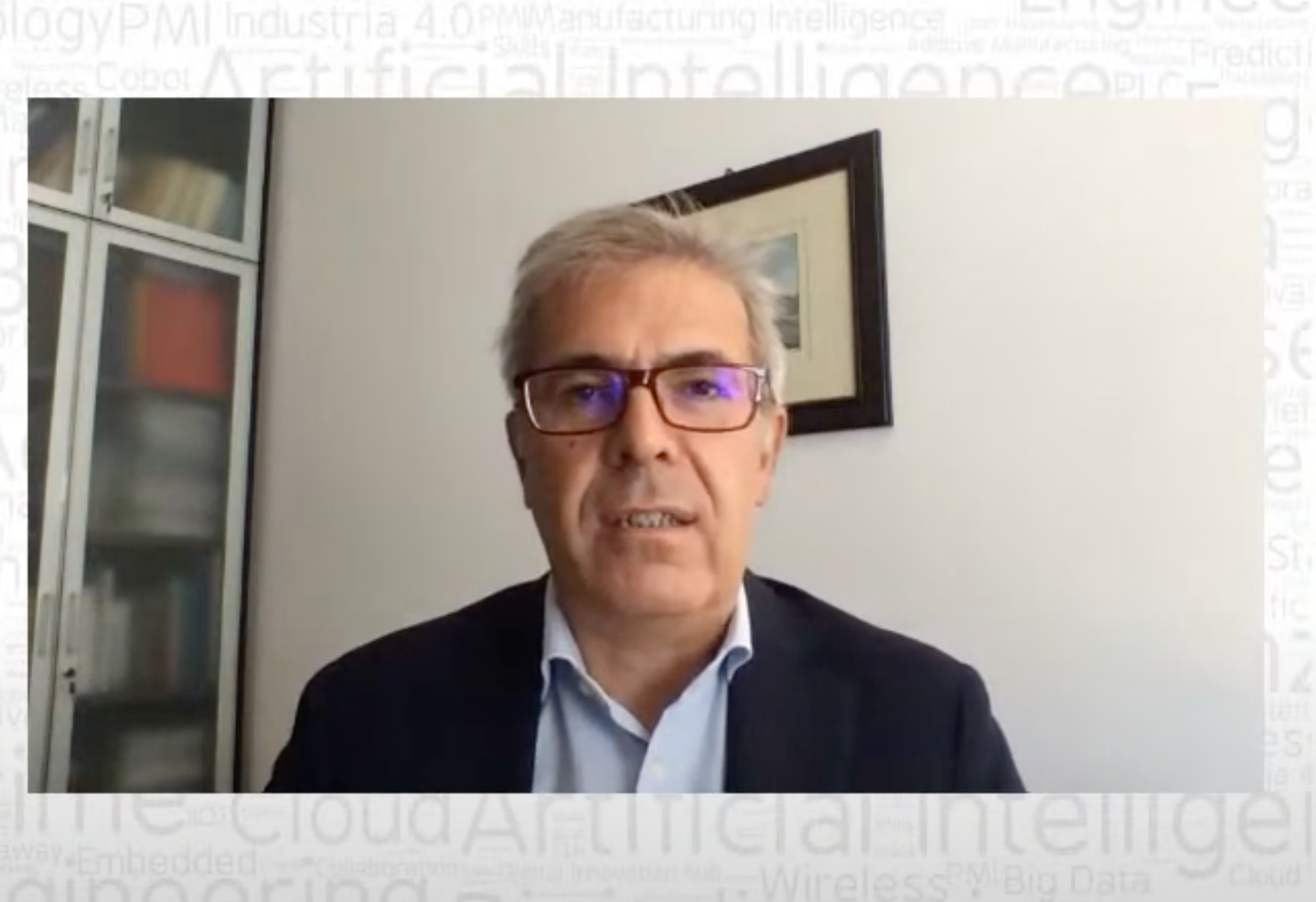Company name
BRG Srl
project title
Adaptive robotic solutions for galvanic processing
dimension and location
Small enterprise - Arezzo (AR)
partner
KUKA
technologies
BRG Zinco specializes in zinc plating and surface treatment of metal components, enhancing their durability and corrosion resistance. The company uses advanced technologies to optimize production processes while ensuring safety and environmental compliance.
The problem
The problem underlying the project idea of Galbot, proposed by BRG Zinco, concerns the introduction of automation and robotics systems to achieve a significant improvement in process efficiency, work optimization, and risk reduction, thereby increasing operator safety.
The manual handling of baskets containing treated metal components is time-consuming and can be physically demanding for the operator, resulting in low productivity efficiency.
Currently, the company must allocate 2 to 3 rotating resources to the specific application of unloading and drying the treated material, which creates a potential bottleneck due to the immediate availability of one of the aforementioned operators in the work area for performing the described operations, possibly leading to increased production times and inefficiencies in the overall process.
The task currently performed involves using a motorized hoist mounted on a crane with a rotating arm to lift the basket containing treated metal components, weighing a maximum of 80-90 kg. The operator then moves the basket and empties it into the hydro-extractor, a machine dedicated to drying the components. After the drying cycle is complete, the operator opens the hydro-extractor lid and again uses the motorized hoist to lift the basket with the dried components. Finally, the operator empties the contents of the basket onto a workbench and manually sorts the dried components into various containers for subsequent stages of the production process. The operational radius for moving the basket is between 2.5 and 3 meters.
Although the current production activities, the machines in use, and the work procedures are well defined by the company and already equipped with adequate safety levels, the use of advanced automation systems with sensors capable of making operations automatic but also adaptive, as well as safety devices for the secure monitoring of the robot’s operational area, represents an advancement toward a high-quality production process.
The solution
Tecnologie
The GALBOT project aims to study and integrate an adaptive robotic system into BRG Zinco’s production line to make the production process more efficient and safe. The project concept involves studying the current work cycle, where the operator performs the retrieval of the treated material, places it in the hydro-extractor for drying, and subsequently extracts it for final sorting. The use of an industrial Kuka robotic arm with a maximum load capacity of 120 kg and a reach of 2.70 m is planned, along with a series of sensors designed to make the automatic operation adaptive and compliant with current regulations.
Technologies:
- Data analytics
- Graph Neural Network (GNN)
- Digitalization
Desired Impacts
- Optimization of the Production Process: Increased operational efficiency through the automation of manual activities and reduced cycle times for handling and drying operations.
- Safety of Personnel: Decreased risk of injuries related to manual handling of heavy loads and improved working conditions for operators.
- Utilization of Personnel: Reassignment of personnel to more qualifying and value-added tasks, along with the possibility of training and developing new technological skills.
- Flexibility and Scalability: Ability to adapt the system to future changes or expansions of the production process and capacity to integrate additional technologies into the robot.
This new workflow thus represents the entry point for the proponent, its supply chain, and the local and national manufacturing fabric to integrate adaptive automated solutions, aiming to improve processes, increase competitiveness, and enhance workplace safety levels.
Benefits for the company
- Competitiveness and Innovation: Improvement in market competitiveness through the adoption of advanced technologies and modernization of production processes.
- Increased Efficiency: Reduction in cycle times due to the automation of operations, leading to greater overall productivity.
- Cost Reduction: Lower long-term operating costs due to reduced need for manual labor and fewer errors.
- Optimization of Human Resources: Opportunity to reallocate personnel to more qualifying and strategic tasks, improving the utilization of human skills.
